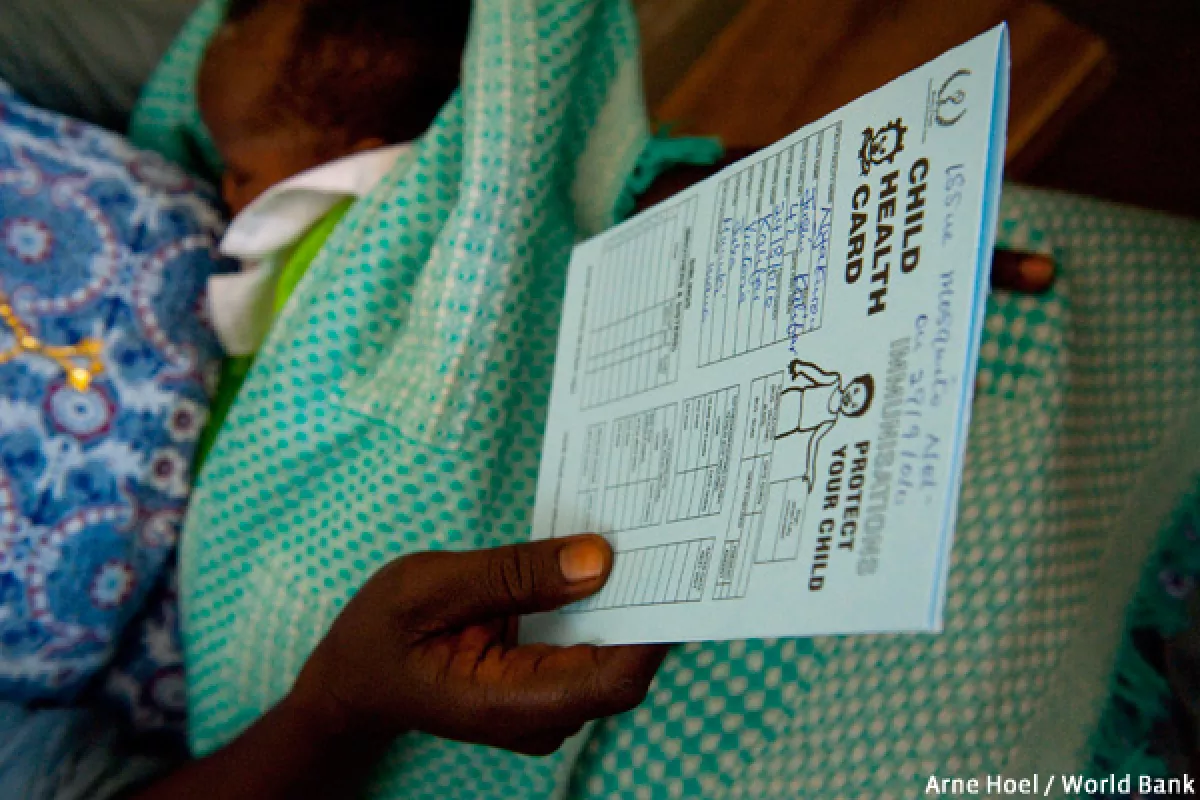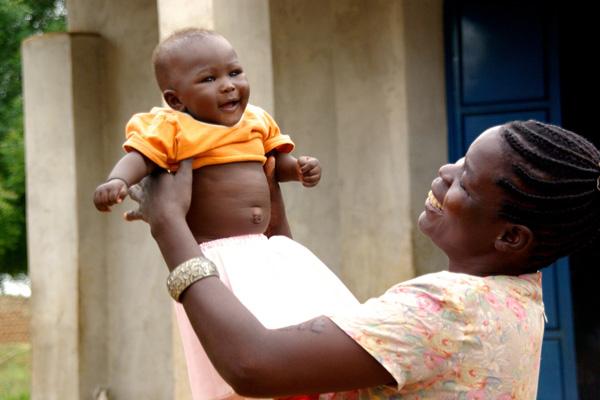UHC explained: Public financing is the key to UHC

Governments and global development should implement UHC financing strategies that increase levels of public financing and reduce the role of inefficient and inequitable private financing mechanisms, especially health service user fees.
Governments need to provide sufficient public financing to provide a broad package of health services, free at the point of delivery, giving a high priority to the specific needs of women, children and adolescents. Every Government should commit to spending at least 5% of GDP on health and to moving progressively towards this target.
Why is public financing better than private financing in reaching UHC?
UHC requires that wealthy and healthy people subsidise services for the sick and the poor. A private market for health services will never deliver this outcome. In such a system only the rich will receive adequate coverage and the poor and vulnerable will often be excluded.
Governments therefore need to compel the wealthy to contribute fairly into a pooled health financing system with the rest of society and by definition this implies a dominant role for a pubic financing system.
What is wrong with healthcare user fees?
User fees are the worst form of health financing mechanism. They often raise little revenue, they are inefficient to collect (with high administration costs) but worst of all they tend to exclude the poor and vulnerable.
In effect user fees represent a tax on sick people. As a result, Margaret Chan has said that “user fees punish the poor” and Jim Kim has said that they are “unjust and unnecessary”.
Thankfully no health agency in the world is promoting user fees as a viable financing mechanism for UHC.
Following this approach we recommend that countries do not charge any user fees (including copayments) and instead provide services free at the point of delivery.
Won’t people over consume free services?
People worldwide do not tend to over consume health services even when they are totally free of charge.
Why would anyone want to have additional vaccinations or stay in hospital unless they needed to?
What about private insurance?
Private health insurance is not a good financing mechanism either because it is voluntary. This means that healthy people are less inclined to contribute and also wealthy people will tend to leave schemes if they perceive they are subsidising the rest of the population.
Only the US and South Africa health systems have a high use of private health insurance and both countries are trying to move away from this mechanism.
One of the leading economists (Dean Jamison) of the Lancet Commission Investing in Health said in 2013: “The path to UHC cannot work with reliance on voluntary private insurancei”.
Which financing mechanisms can countries use to reach UHC?
Countries closest to the UHC goal have all used compulsory public financing mechanisms that facilitate the pooling of resources in an efficient and equitable manner.
Here the main mechanisms are general taxation and compulsory social health insurance contributions (in effect an employment tax earmarked for the health sector). Virtually all countries use a mixture of these mechanisms with general taxation becoming more dominant as populations age and dependency ratios increase. Furthermore, general taxation is likely to prove the most useful mechanism in developing countries with a large proportion of the population working in the informal sector, where it is difficult to collect social insurance contributions.
How much public financing is required to achieve UHC?
A group of health economists convened by Chatham House in 2014 has costed a minimum UHC public financing requirement, to fund a broad package of services (including for non-infectious diseases) for all members of society. Their report estimated a minimum of $86 per capita and this has become the new benchmark for a UHC financing requirementii.
Clearly actual costs will vary by country according to their burden of disease and their different unit costs for human resources, medicines and infrastructure etc.
Why should Governments commit to spending at least 5% of GDP on health?
The Chatham House health financing report mentioned above also recommended a public health financing target of 5% GDP.iii
This has already been achieved by virtually all high-income countries, some middle income countries and even a few low-income countries (e.g. Rwanda).
For most countries, a 5% GDP public health spend exceeds the $86 UHC requirement and is also associated with out-of-pocket spending of less than 20% of total health expenditure. WHO advises that countries restrict out-of-pocket spending to less than 20%, because at these levels there is much less incidence of these payments becoming catastrophic or impoverishing.iv
In setting this 5% GDP target for domestic public financing, it has been estimated that around 43 low income countries would still not reach the $86 per capita level and would therefore need to receive aid financing to close their UHC financing gap as their economies grow.
How can Governments raise public financing for health?
Each country will need to devise its own UHC financing strategy depending on their own economic circumstances and their capacities to increase public financing efficiently and fairly.
As well as increasing overall levels of public financing, countries are likely to need to allocate an increasing proportion of these resources to health.
In doing this, governments may wish to consider reallocating funds to health that are currently used to subsidise goods and services that disproportionately benefit the rich. One sensible reform here is to reallocate public funds to health from reducing fuel subsidies. Investing in quick-win UHC reforms can provide an effective political strategy to provide people with free healthcare in order to sweeten the pill of higher fuel prices.
i Lane R. Dean Jamison: putting economics at the heart of global health The Lancet Volume 382 , Issue 9908 , 1871
ii Rottingen JA et al Shared Responsibilities for Health - A Coherent Global Framework for Health Financing Final Report of the Centre on Global Health Security Working Group on Health Financing Chatham House 2014.
iii Rottingen JA et al Shared Responsibilities for Health - A Coherent Global Framework for Health Financing Final Report of the Centre on Global Health Security Working Group on Health Financing Chatham House 2014.
iv Evans D et al World Health Organisation 2010 Health Systems Financing the Path to Universal Coverage The World Health Report



